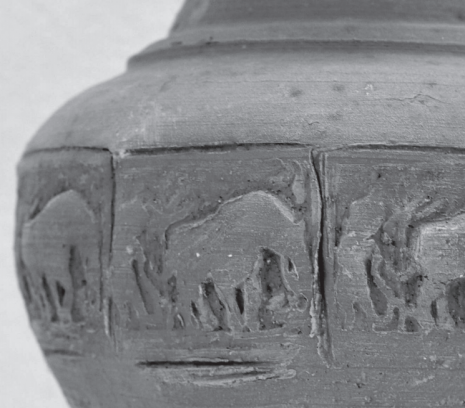The Development of Pottery Forms in Suphanburi Province
DOI:
https://doi.org/10.69598/sbjfa240965Keywords:
Pottery form in Suphanburi province, education of fine arts, cultural heritageAbstract
The objective of this research is to study pottery works in Suphanburi province from historical, archaeological, and cultural evidences in order to create a way of developing contemporary pottery works based on communal cultures that reflect identities as well as remarkableness. This research found that the styles of the pottery works in Suphanburi province are inherited from the styles of craftsmanship of the Dvaravati period. The pottery patterns reflect the development of communities in the area along Suphanburi river. Some historical evidences found in Ban Bang Poon kiln site, Amphoe Muang, Suphanburi province show numerous outstanding characters related to believes that necessarily reflect ways of life in the Dvaravadi period. The characters include animal images, figures of deva, patterns of rites and geometry for example. Local materials in the present time are explored and used to create contemporary pottery works. These materials help to add a variety to pottery styles that relate to these communities along the river. Additionally, the development of Suphanburi pottery styles can be integrated into relating educational art fields for example painting, traditional Thai art, sculpture, printmaking, and graphic design. All of these art fields are topics of a subject called ‘Thai Art History’ as one of the alternative subjects that students can enroll based on their interest and competence. It could be said that local artisans, artists, and educational institutions especially Suphanburi College of Fine Arts can play an important role of carrying on these valuable pottery works into the future.
Downloads

Downloads
Published
How to Cite
Issue
Section
License
The journal's editorial team does not have to agree with the views and comments in the author's article, nor are they responsible for the comments.











